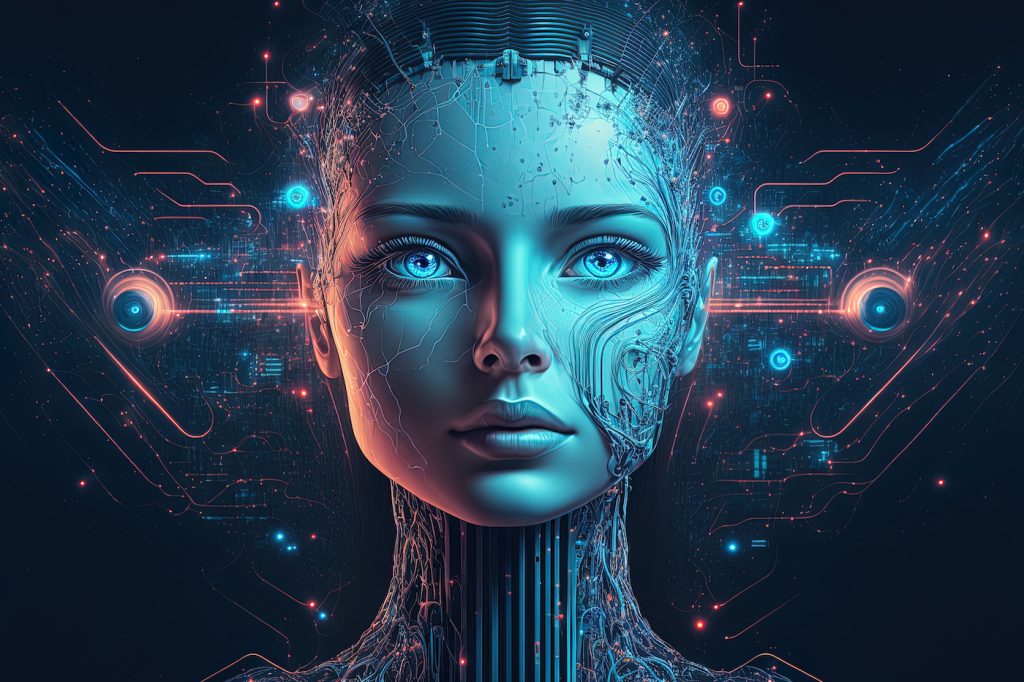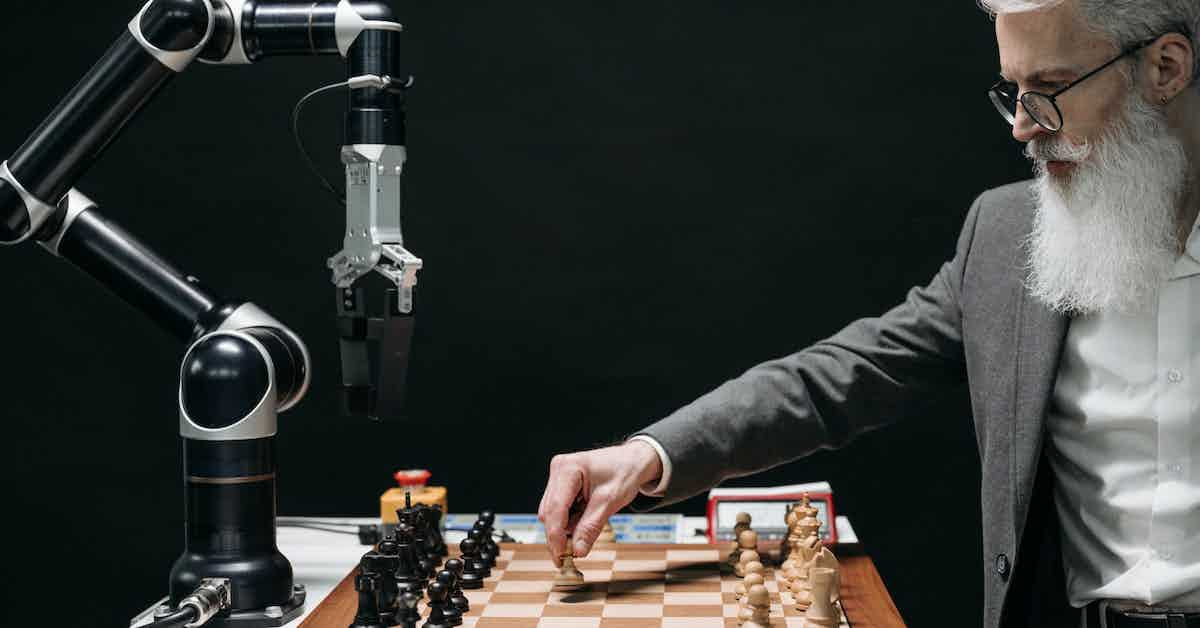
The rapid advancement of artificial intelligence (AI) and automation technologies has sparked widespread debate and concern about the future of work. Will these technological advancements lead to mass unemployment, or will they create new opportunities for employment? In this article, we will explore the complex relationship between AI and jobs, examining the potential for job displacement, job creation, the transformation of existing roles, and the broader societal implications of AI in the workforce.
- Job Displacement: The Fear of Automation
One of the primary concerns regarding AI and automation is the potential for job displacement. Automation technologies have been replacing human labor in certain industries for decades. However, recent advancements in AI, machine learning, and robotics have raised fears that a broader range of jobs may be at risk in the near future.
a. Routine and Repetitive Tasks
AI excels at performing routine and repetitive tasks with high precision and consistency. Jobs that involve such tasks are particularly susceptible to automation. For example, in manufacturing, robots have been used for decades to assemble products, weld, and perform other repetitive tasks. In the banking sector, automated systems handle routine transactions and customer inquiries.
b. The Impact on Manufacturing
Manufacturing has witnessed significant automation-driven job displacement. While automation has increased productivity and reduced costs for manufacturers, it has also reduced the need for human workers on the assembly line. This trend has led to concerns about the hollowing out of the manufacturing workforce in some regions.
c. Other Affected Industries
Automation is not limited to manufacturing. Industries such as retail, transportation, and agriculture are also experiencing the impact of automation. Self-checkout kiosks in stores, autonomous vehicles in transportation, and automated harvesting machinery in agriculture are examples of AI and automation at work.
- Job Creation: New Opportunities in AI
While AI may displace some jobs, it also creates new opportunities for employment. The development, implementation, and maintenance of AI systems require a skilled workforce. Let’s explore the areas where AI is creating job opportunities:
a. AI Development
The field of AI development is experiencing rapid growth. Software engineers, machine learning researchers, and data scientists are in high demand. These professionals design, develop, and improve AI algorithms and systems. As AI technology evolves, the need for AI experts continues to grow.
b. Data Science
Data is the lifeblood of AI. Data scientists play a crucial role in collecting, analyzing, and interpreting data to train AI models and make informed decisions. Data science has emerged as a prominent career field, with opportunities in various industries.
c. AI Ethics and Regulation
As AI becomes more integrated into society, ethical considerations and regulations become paramount. Ethicists, policymakers, and legal experts are needed to ensure that AI is used responsibly and ethically. This includes addressing issues such as bias in AI algorithms, privacy concerns, and the impact of AI on employment.
d. Cybersecurity
The rise of AI also presents new cybersecurity challenges. With AI-powered attacks on the horizon, cybersecurity professionals must develop strategies to defend against evolving threats. This creates opportunities for careers in cybersecurity and AI security research.
- Transformation of Existing Roles: Humans and AI Working Together
Rather than completely replacing humans, AI often enhances human capabilities and productivity. Many jobs will undergo transformation as AI is integrated into various industries. Here are some examples:
a. Healthcare
In healthcare, AI can assist doctors in diagnosing diseases, analyzing medical images, and recommending treatment options. AI tools can process vast amounts of patient data to provide insights that aid healthcare professionals in making more accurate decisions. This transformation allows healthcare workers to focus on patient care while leveraging AI for data-driven support.
b. Customer Service
AI-powered chatbots and virtual assistants are becoming increasingly prevalent in customer service. While they handle routine inquiries and tasks, human agents can focus on more complex and empathetic interactions with customers. This combination of AI and human expertise enhances the overall customer experience.
c. Education
AI-driven personalized learning platforms can adapt to students’ individual needs, providing targeted exercises and recommendations. Educators can use AI to assess student progress, identify areas of improvement, and tailor their teaching methods accordingly. This collaborative approach enhances the educational experience.
- AI as a Tool, Not a Replacement: Augmenting Human Work
It’s essential to emphasize that AI is often viewed as a tool that augments human capabilities rather than a complete replacement for human labor. The goal is to create a symbiotic relationship between humans and AI, where each complements the other’s strengths.
a. Creative Industries
Jobs in creative fields, such as art, music, and writing, are less likely to be automated by AI. While AI can assist with certain tasks in these industries, such as generating music or suggesting design elements, human creativity, imagination, and emotional expression remain highly valuable.
b. Complex Decision-Making
AI can provide data-driven insights to aid decision-making, but complex, nuanced decisions often require human judgment, ethics, and empathy. High-level executives, policymakers, and professionals in various domains will continue to play critical roles in shaping the future.
- Addressing Disruption: Reskilling and Education
To navigate the changing landscape of work in an AI-driven world, reskilling and education are crucial. Workers must adapt to new technologies and acquire skills that are in demand. Governments, businesses, and educational institutions all have a role to play in facilitating this transition.
a. Lifelong Learning
The concept of lifelong learning is gaining prominence. Workers are encouraged to continuously update their skills and knowledge to remain relevant in the job market. Online courses, certifications, and vocational training programs provide accessible avenues for reskilling.
b. Collaboration Between Stakeholders
Collaboration between governments, businesses, and educational institutions is essential to address the challenges of AI-driven job displacement. Governments can provide incentives and support for retraining programs, while businesses can invest in employee training and development. Educational institutions can adapt their curricula to align with the skills needed in the workforce.
c. A Shift in Education
The traditional model of education may need to evolve to accommodate the changing demands of the job market. Emphasis on critical thinking, problem-solving, adaptability, and digital literacy will become increasingly important.
- Societal Implications: Inequality and Economic Disruption
The widespread adoption of AI and automation technologies also raises broader societal implications, including concerns about inequality and economic disruption.
a. Income Inequality
The benefits of AI and automation are not distributed evenly. High-skilled workers in AI-related fields may experience wage growth, while low-skilled workers in routine jobs may face wage stagnation or job displacement. Addressing income inequality is a critical challenge for policymakers.
b. Economic Disruption
The rapid pace of technological change can disrupt local economies heavily reliant on specific industries. Regions that were once manufacturing hubs, for instance, may face economic challenges as automation reduces the need for human factory workers.
c. Policy Responses
Governments must develop policies that address these societal challenges. This may include measures such as universal basic income (UBI), job transition programs, and policies that promote economic diversification in affected regions.
Conclusion
The future of work in the age of AI is complex and multifaceted. While AI and automation have the potential to displace some jobs, they also create new opportunities and transform existing roles. The key to successfully navigating this transition lies in reskilling and education, collaboration between stakeholders, and thoughtful policy responses that address societal implications.
Type of software developers and their responsibilities



